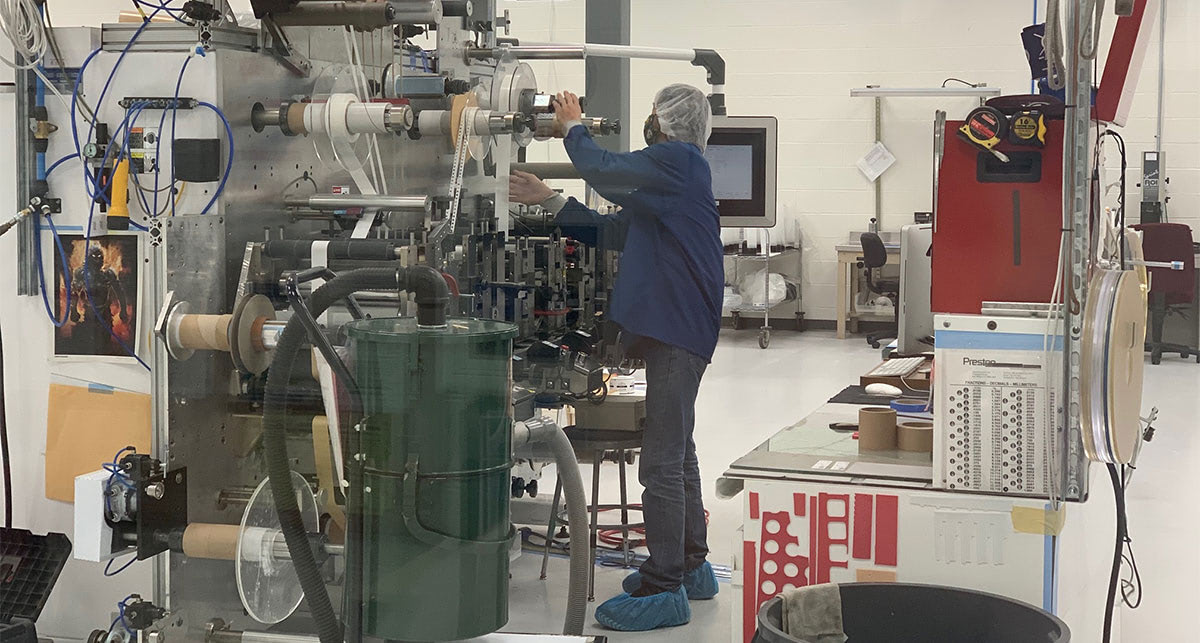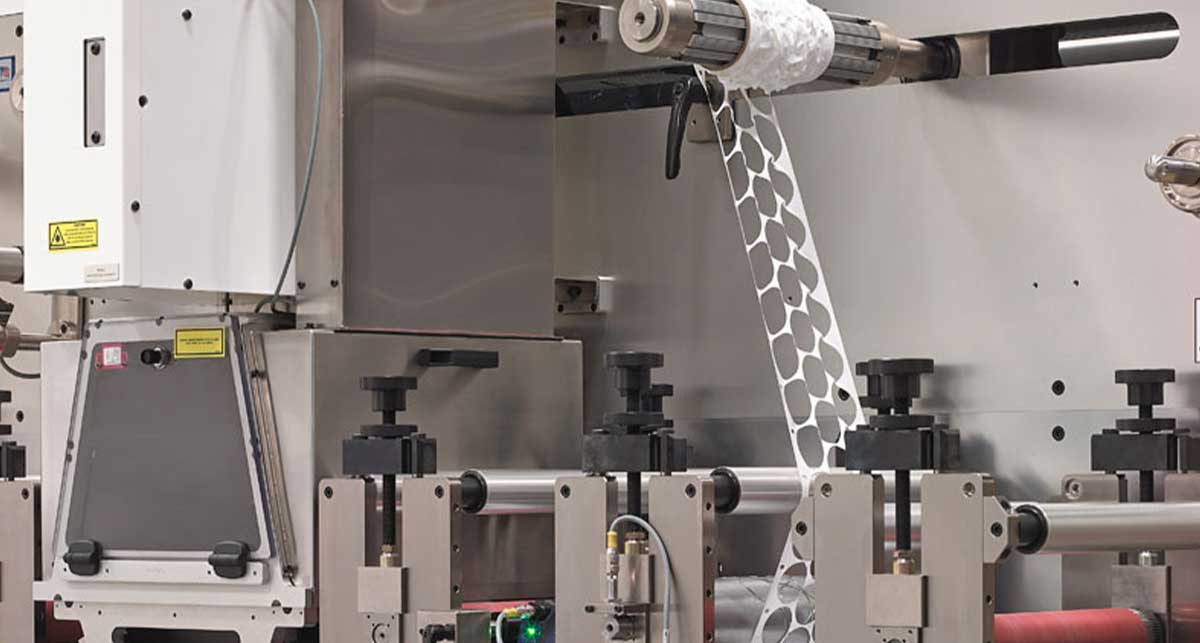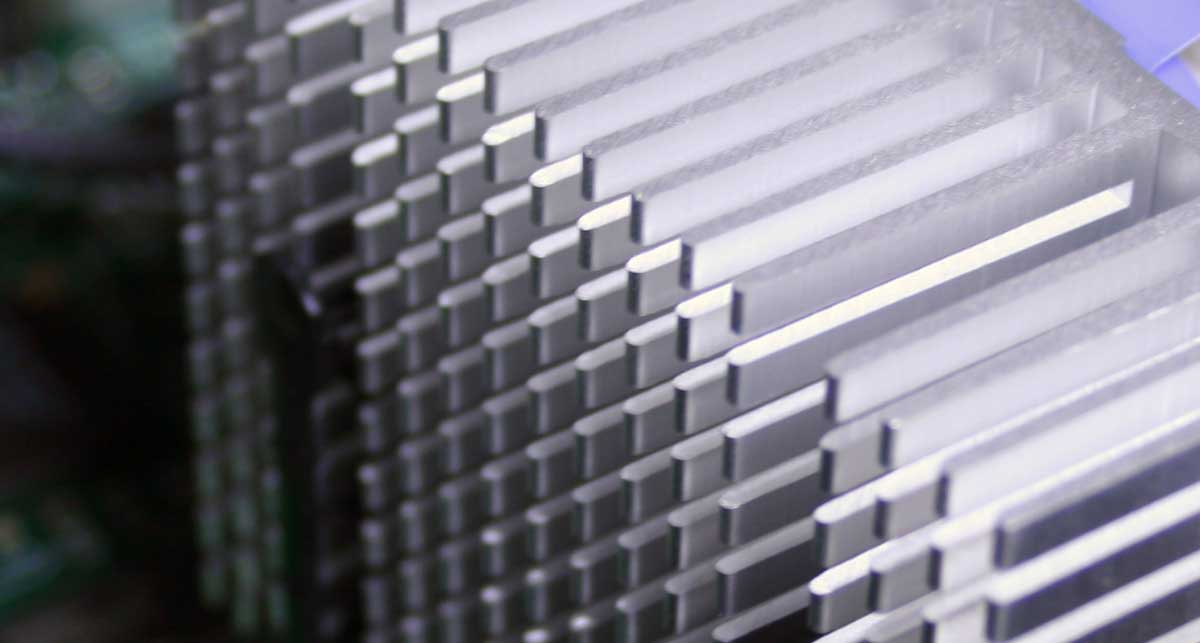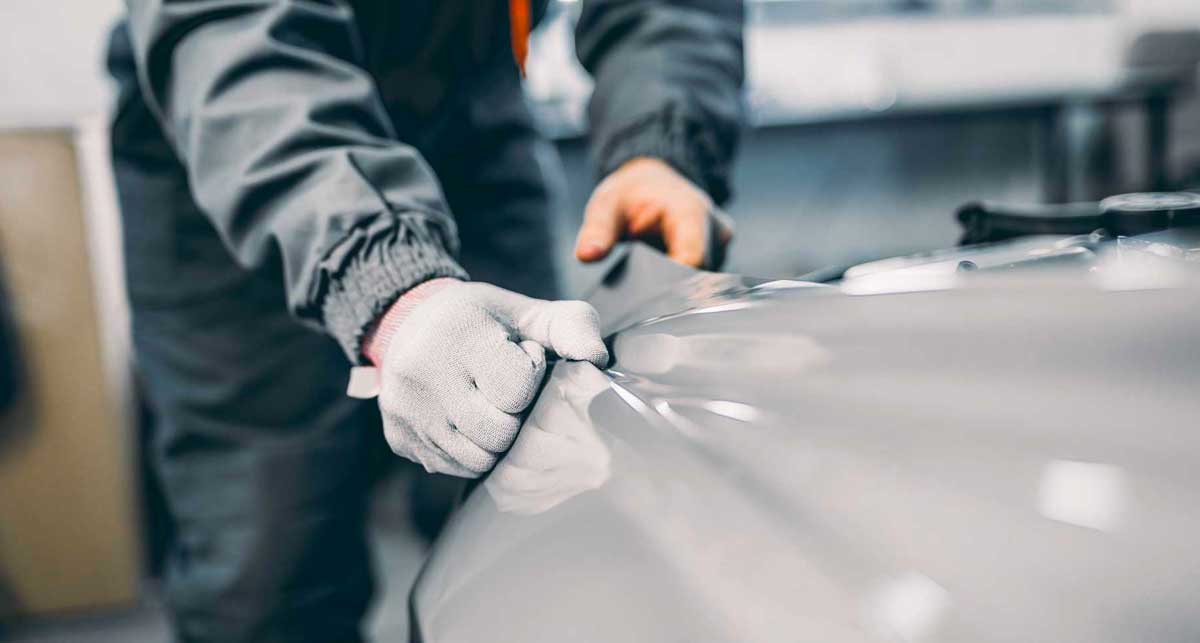Natural rubber has a high tensile strength and excellent elasticity, making it an incredibly durable gasket. So, why use an alternative like neoprene?
Natural rubber can degrade over time, and although it’s resistant to some wear, it can be vulnerable to oils and chemicals, which affect its gasketing ability. That’s where neoprene steps in.
In the 38 years since Strouse’s inception, we’ve built parts from hundreds of different materials, including custom neoprene gaskets. Neoprene isn’t right for every gasket; however, depending on your solution, it could suit your design.
Today, we’ll explore what you need to know before making your final choice.
What is Neoprene?
Neoprene is a synthetic rubber substitute widely used as a gasketing material. It’s best known for its impressive strength, flexibility, and resistance to many chemicals and harsh environments, making it ideal for gasketing in many industries. It can meld with various materials for mechanical bonding, such as copper, brass, titanium, and cotton (and with certain additives, glass or acrylic).
What Are the Properties of Neoprene?
Neoprene has a long list of valuable properties that make it resistant to outdoor wear and highly durable.
i. CHEMICAL RESISTANCE
Neoprene is celebrated for its excellent resistance to petroleum-based concoctions, including many greases, solvents, and oils. It can also withstand methyl and ethyl alcohols, certain salt mixtures, and some alkaline solutions.
ii. TEMPERATURE RESISTANCE
Neoprene can withstand temperatures as high as 275°F (135°C). Gasket heat resistance and lower gas permeability are its most significant advantages over natural rubber.
Neoprene doesn't physically degrade when exposed to high temperatures for extended periods like natural rubber. Instead, it stiffens. Neoprene is also flame-resistant and self-extinguishing.
On the other end of the spectrum, neoprene can technically withstand temperatures as low as -50°F (-45°C). However, it becomes less functional when used in temperatures below zero. Although the neoprene may hold up physically, the performance may suffer, so keeping temperatures on the plus side is best.
iii. WEATHER RESISTANCE
Take it outside—sunlight and ozone are no match for neoprene! The material is highly rated for its durability in outdoor environments. Since it has a low oxidation rate and won't absorb moisture, neoprene can be counted on for prolonged outdoor use.
iv. EXTENSIBILITY
In addition to its high resistance properties, neoprene is a very extensible material, making it useful for many different gaskets. Yet, manufacturers also consider its flexibility as an additional challenge.
When cutting neoprene into shape, factoring in material elongation is crucial. For instance, if you allow the material to become stretched out as it's cut into shape, it'll fall back to its original form and will not end up at its intended size.
As a result, your die cutting methods must be carefully plotted out and performed to ensure you get the right shape and size for your gasket, which can be tricky.
How are Neoprene Seals and Gaskets Used?
While its flexibility can sometimes pose challenges during conversion, neoprene’s elastic properties can be advantageous. Thanks to its elasticity, neoprene is ideal for:
- Applications that are frequently in motion or active
- Applications that require cushioning and impact absorption.
Additionally, neoprene’s heat, cold, and weather resistance make it an excellent material for items exposed to harsher conditions.
Here’s a list of more specific use cases for neoprene rubber gaskets.
a. MEDICAL APPLICATIONS
Due to its ability to maintain shape, neoprene can be a long-lasting aid for those with long-term care needs. The neoprene fabric's flexibility and high resistance to oil, water, and abrasions make it ideal for medical use.
b. AUTOMOTIVE APPLICATIONS
Neoprene is durable against silicate ester lubricants and high-aniline petroleum oils, but one of its most significant benefits is its resistance to weather and ozone.
c. ELECTRIC APPLICATIONS
Manufacturers commonly use neoprene to protect electronics' sensitive chips and wiring. Its heat resistance allows it to tolerate gadgetry heating up during use.
Because neoprene resists fire and static, it's often used as an insulator or base resin for adhesives. This thermal factor, combined with neoprene's closed-cell foam resistance to water immersion, enables water and gas to flow through the membrane valves of a power plant.
Thanks to its wide temperature range, neoprene can retain movement while maintaining powerful heat resistance.
Should I Use Neoprene Rubber for My Gasketing Application?
Neoprene is resistant to many substances and offers high elasticity and force resistance, so it tends to be a more expensive material.
If you're in the early stages of your project and still working out the budget and materials, consider what exactly you need your gasket to do. Is neoprene the best option? Remember, you don't need to buy a machete when you only need a butter knife!
Before placing a large product order, you’ll also want to know how well neoprene functions with the rest of your design materials.
If you have a technical drawing, Strouse will help you test custom neoprene gaskets to prevent potential failure. Contact us today to help determine which gasketing material suits your particular needs.
If you want to manufacture custom gaskets, our capabilities include rotary die cutting processes that can scale your production process exponentially.
Lastly, our Learning Center has additional resources if you’re curious about other gasket and seal solutions.
Originally published: August 1, 2022







